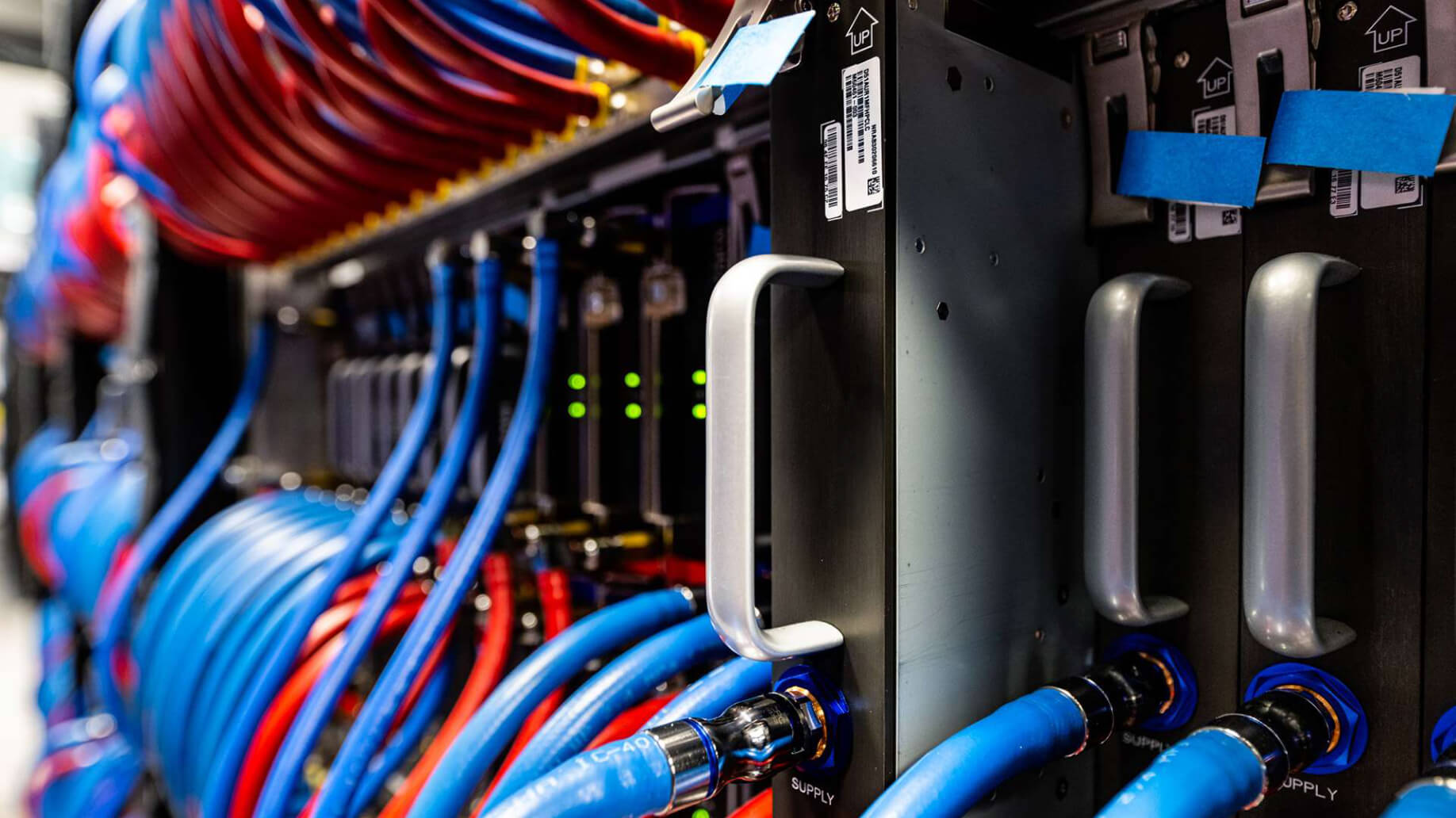Enabling the Future of Maritime Communications
Seeing significant challenges in recent years, the maritime industry is now pivoting its use of technology to meet specific segment needs. Harbor Research assessed the challenges and opportunities for digital transformation, and how fleets can adopt innovative growth strategies to leverage connectivity for better use of data, tools, and applications.
A Closer Look at Maritime Today
The maritime industry is at an inflection point, driven by an interconnected network of cultures and economies. The catalysts for industry transformation can be witnessed on a global scale, from supply chain disruptions and increasingly stringent sustainability regulations, to safety compliance and even labor shortages. These factors have revealed that maritime digitalization must accelerate to increase competitiveness, enhance operational efficiencies, and meet sustainability goals.
Drivers of Maritime Digital Transformation
- Aging fleets
- Sustainability
- Lost revenue and cost savings
- Safety, security, and compliance
- Crew welfare and operational visibility
- Use of autonomous vehicles and electrification
Over 90% of all goods are transported by sea
The lack of digital orchestration creates barriers to systemic value creation and limits the overall efficiency of the global supply chain and business networks. To bridge the data gap, it is important for the maritime players to have the correct connectivity services and strategies to ensure maximum value creation.
How can fleets sail towards transformation to optimize operations?
Operators must tap into networking and connectivity opportunities, leveraging technology like 5G, high-throughput and software-defined satellites, cloud, AI, and edge computing. These services and solutions will help them stride towards better systems and processes, making capabilities like consistent sharing of data and information between ports and vessels possible. This can help fleets realize many benefits, such as route optimization, predictive maintenance, analytics and diagnostics, and end-to-end supply chain visibility.
The New Solution for Maritime Connectivity
Intelsat FlexMaritime is a global, fully managed connectivity solution designed specifically for commercial maritime. It removes the complexities of navigating bandwidth availability, configuration, and management of network infrastructure. Supported by a combination of software-defined satellite technology, multiple orbits, cloud infrastructure, and terrestrial advancements from Intelsat’s global, enterprise-grade, unified network, FlexMaritime delivers speed and multiple layers of throughput to even the most remote ocean locations.
Global fleets 355K TB of data is processed and transmitted annually
While all maritime companies operate differently, their opportunities to leverage connectivity are plentiful and add value—no matter the segment.
Vessel systems and cloud-based data exchange
- Environmental and condition monitoring
- IoT and connected devices onboard
- Wireless sensor networks
- Propulsion, control, and power management
Network technologies and systems
- Software-defined satellites
- Multi-band satellite and hybrid network services
- Wireless mesh for crew and asset management
- Critical data and information storage and security
Data-driven services
- Vessel management and automation systems
- Cloud-based fleet and supply chain management
- Automatic identification
- e-Navigation and VHF Data Exchange Systems
Opportunities Across Maritime Segments
Connecting Transport Across Seas
1.9M seafarers make up the merchant maritime fleet, transporting over 90% of traded goods globally
As the segment shows continued growth and a strong rebound to pre-pandemic activity, updating aging fleets with modern digital technologies is vital to drive the industry forward.
Explore the key focus areas for mitigating loss and improving operations.
- Fuel 45-50%
- Port changes 20-25%
- Insurance 10-15%
- Repair and maintenance 8-10%
- Labor 3-5%
- Administrative 1-3%
Emerging technologies can create a foundation for advancement, delivering greater visibility and automation, and enabling advanced enterprise management and digital operational technology.
As the amount of data processed between fleets grows, overcoming the constraints of legacy infrastructure is key in facilitating better use of data and insights, which can optimize operations, too.
Of 15TB of data processed and transmitted per vessel annually…
- 10-15% processed at the edge
- 30-35% sent over the network
- 55-60% data goes unused
Driving Sustainable Change
Commercial fishing fleets have doubled since 1950. They’re under intensifying regulatory and compliance restrictions, and have an opportunity to promote more sustainable and regenerative practices with connectivity technologies.
$80B in commercial fishing economic activity globally and 10-12% of the global population relies on fishing for livelihood
Affordable, packaged communications solutions cater to small and medium commercial fishing operations that are critical to the industry. While 2% of the global fleet controls over 50% of catch, accessing better technology solutions can help smaller operations avoid regulatory fines and improve their operational processes—saving money and implementing healthier practices. With a single mission control center, it’s possible to better enable and simplify fleet orchestration, rescue coordination, regulatory reporting, and more.
Adapting With Industry Growth
The offshore oil and gas industry is expecting a global upstream industry investment of $514B in 2023—a comeback as economic pressures settle. This influx will impact the adoption of enterprise and digital operational technologies that support market development and increased regulations. In turn, operations will be improved and a healthy seafarer labor market reinforced.
$4.1B expected investment in digital transformation and enterprise technologies by 2023
From dynamic crew management to maintenance orchestration, OpEx savings with third-party ship management services and centralized management can mitigate extraneous operating costs. Along with these benefits, fleets can use data resources—such as visibility into vessel impacts like emissions—to support more sustainable exploration and production. And with enhanced enterprise collaboration, crew lifestyles at sea can reap positive benefits.
OpEx savings 25-55% annually and Centralized management savings 10-15% annually
Meeting Data Requirements
Leisure yachting and boating is growing in popularity.
The consistent growth of leisure boaters has highlighted a combination of safety and environmental issues, necessitating a shift in practices and technology usage. There are more regulatory pressures, and consumers demand more constant connectivity.
As a result, leisure vessels are changing, adopting sustainable technologies such as electric motors—which can drive 30% cost savings compared to diesel. Beyond sustainability, vessels must meet safety regulations. Connected vessels can proactively warn boaters of changing conditions or failing machinery in time for them to make it to safety. These types of updates require bandwidth and also influence vessel modernization.
Reliable connectivity at sea can ensure…
- Passenger and crew safety, like enabling advanced AIS for collision avoidance
- Emissions and resource monitoring, support for sustainable technology and electrification
- Real-time dashboards for battery levels, leaks, intrusions, fires, and more
- Better and greater bandwidth for more devices and personal entertainment applications
Enabling End-to-end Value With Satellite
Intelsat is leading the next generation of satellite services in lockstep with maritime. At the forefront of connecting the most remote operations since 1964, we’re a market leader in VSAT services, and a globally trusted partner with experiences in the most challenging aspects of maritime satellite connectivity.
We ensure seamless global coverage with the deployment of software-defined, high- throughput satellites, and extensive service management tools. Our FlexMaritime solution redefines connectivity for digital maritime, allowing fleets to leverage connectivity in new ways—maximizing value and making the most of opportunities at sea.
Redefining connectivity for your digital maritime operation can achieve…
- Cost savings
Multi-band orchestration for optimized bandwidth usage - Improved service availability
Multi-orbit, multi-vendor access - Enhanced performance
User-specified payload and configuration
Work with us through our world-class solutions partners, and see what FlexMaritime can do for you.

